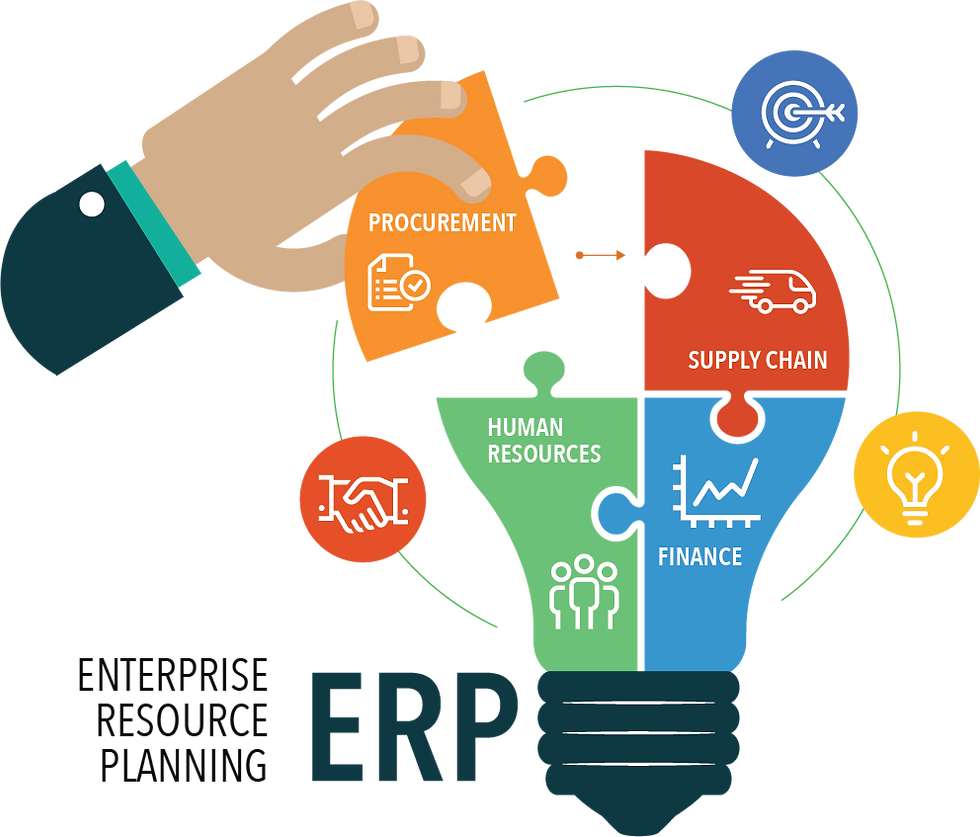Streamlining Knowledge: The Power of Library Management System Software
- solutionscakiweb
- Oct 31, 2023
- 2 min read
Introduction
Libraries have always been sanctuaries of knowledge, housing vast collections of books, documents, and digital resources. Yet, in this digital age, libraries must adapt to changing needs, and Library Management System Software is their secret weapon. This technology is revolutionizing the way libraries operate, enabling them to organize, distribute, and access information more efficiently than ever before. In this blog post, we will explore the myriad benefits and features of Library Management System Software, and how it's helping libraries stay relevant in the 21st century.
I. Digital Transformation
The transformation of libraries into digital hubs is one of the most significant shifts in the modern era. Library Management System Software plays a pivotal role in this transformation, making it possible for libraries to offer e-books, digital magazines, and multimedia resources, while seamlessly integrating them with their physical collections.
Easier Access to E-Resources: Library patrons can access e-books, research articles, and online databases remotely, 24/7. This accessibility is vital for researchers and students.
Efficient Cataloging: The software automates the cataloging process, making it easier to maintain and search for digital resources.
II. Enhanced User Experience
Library Management System Software empowers libraries to provide an unparalleled user experience, with features that cater to patrons' needs and preferences.
User-Friendly Interfaces: Modern library systems are designed with user-friendly interfaces, enabling patrons to search for and borrow materials with ease.
Personalized Services: Software can track patrons' preferences and recommend books or other resources based on their reading history.
III. Resource Management
Effective management of library resources is crucial to ensure that materials are available when needed and that budgets are used efficiently.
Inventory Control: Software allows for tracking and managing physical resources, helping libraries prevent loss and streamline acquisitions.
Budget Management: It assists in budget allocation, enabling libraries to make data-driven decisions on resource acquisition.
IV. Data Analytics
Data-driven decision-making is essential for libraries to stay relevant and responsive to their communities. Library Management System Software provides tools for detailed data analysis.
Usage Statistics: Libraries can track which resources are most popular, helping them allocate resources effectively.
Collection Development: Analysis of usage data can guide decisions on what materials to acquire or discard.
V. Automation
Automation is a hallmark feature of Library Management System Software, reducing manual workload and increasing operational efficiency.
Check-Out and Check-In: Patrons can self-check books in and out, reducing the need for librarians to perform these routine tasks.
Notifications: The system can send automated reminders for due dates and overdue fines, enhancing communication with patrons.
VI. Interlibrary Loan Services
Library Management System Software can facilitate interlibrary loan services, enabling patrons to access materials from other libraries seamlessly.
Resource Sharing: Libraries can collaborate to provide patrons with a broader range of materials, expanding the scope of their collections.
VII. Preservation and Security
The software supports the preservation of rare and fragile materials while ensuring the security of digital resources.
Digitization: Libraries can digitize rare and fragile materials to preserve them for future generations.
Digital Rights Management: Software offers digital rights management to protect copyrighted content.
Conclusion
Library Management System Software is a game-changer for libraries, enabling them to thrive in the digital age. By providing easy access to digital resources, enhancing user experiences, improving resource management, and offering powerful data analytics, this technology equips libraries to meet the evolving needs of their patrons. It's a testament to how technology can preserve the timeless value of libraries while making them more relevant and accessible in today's world.




Comments